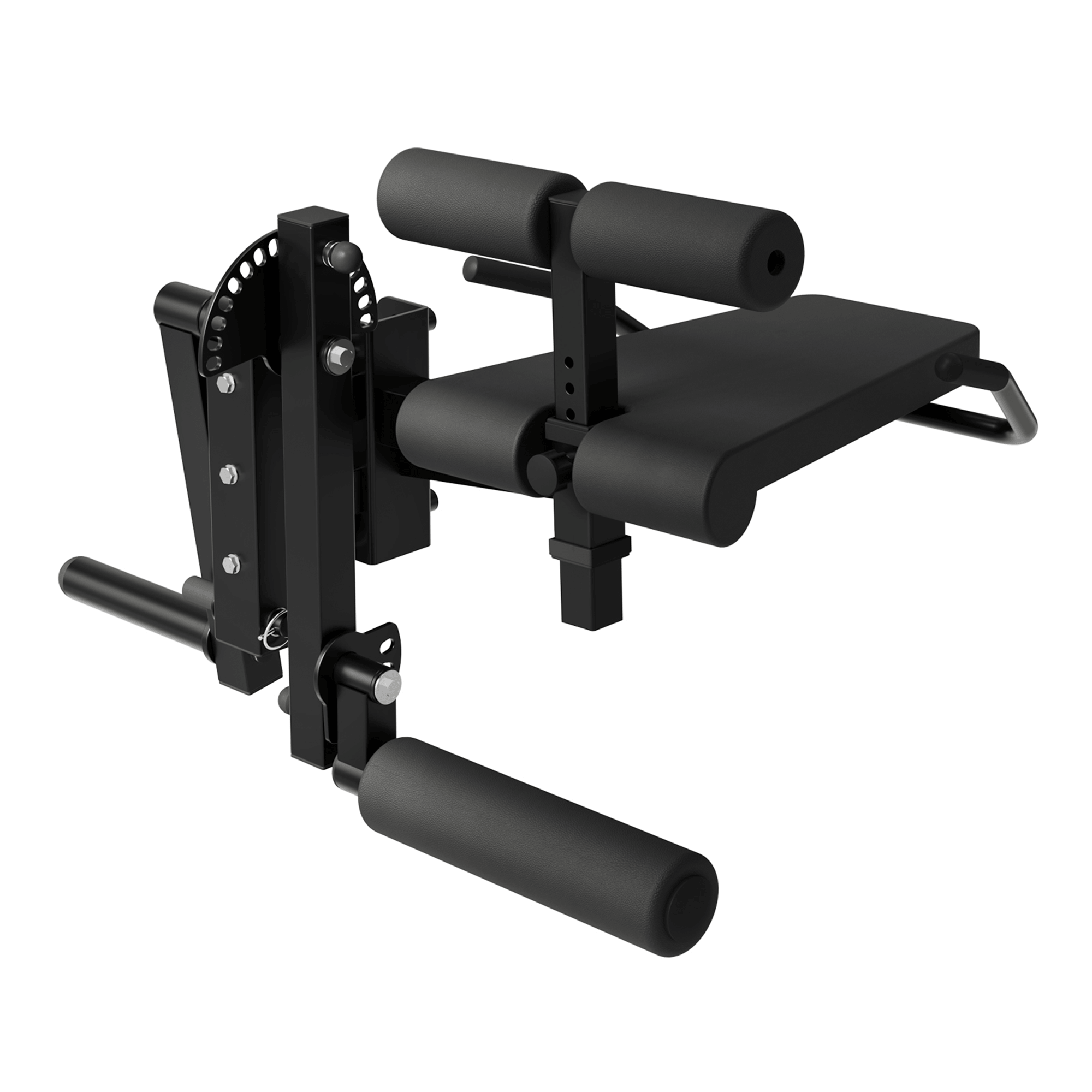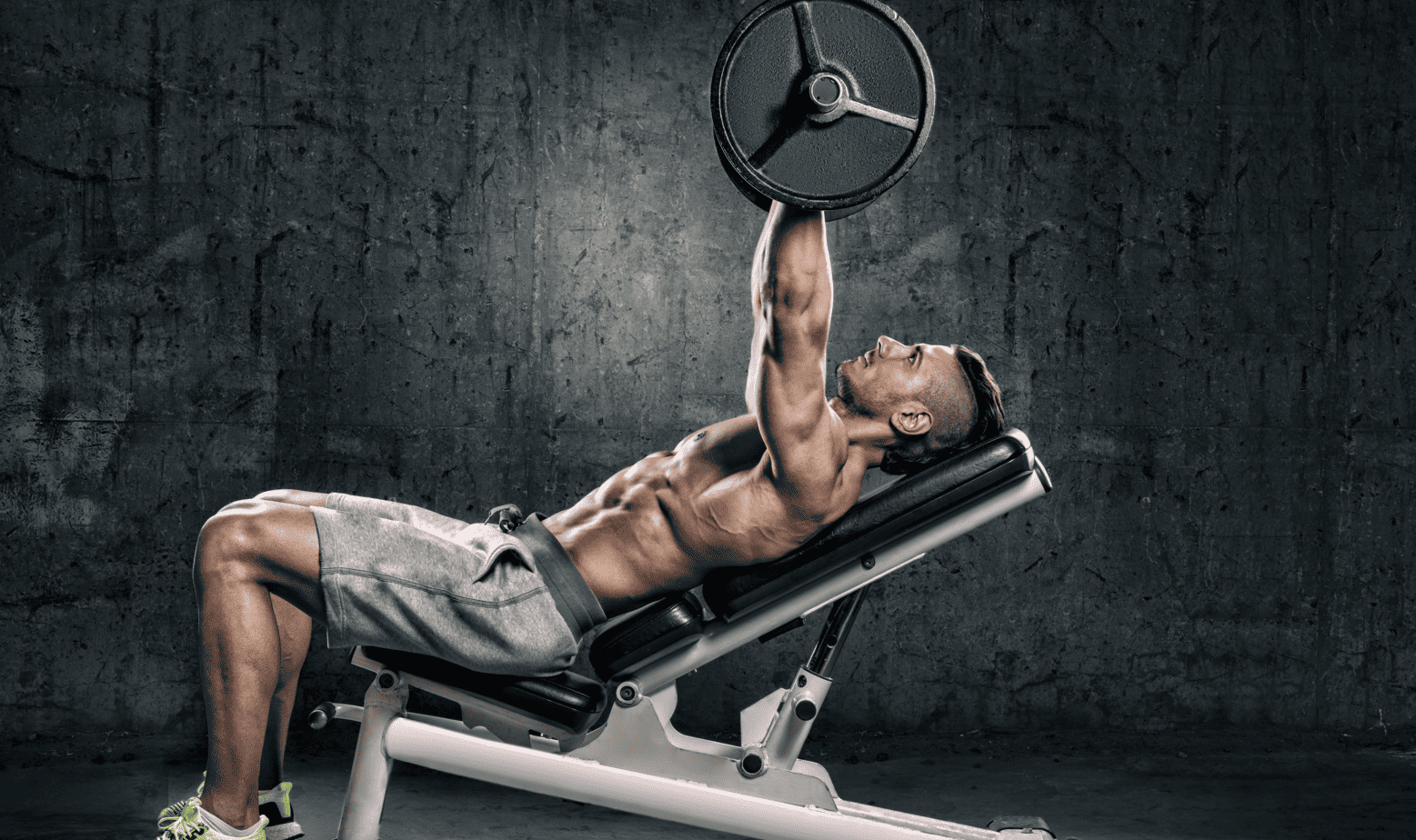Recovering from a shoulder injury or surgery can be a long journey—but with the right tools and knowledge, it doesn’t have to be a frustrating one. Among the most trusted and effective tools in rehab and physical therapy routines are shoulder pulleys. Designed to restore range of motion, reduce pain, and rebuild shoulder strength, these simple yet powerful systems are a staple in physical therapy clinics and home gyms alike.
What Is a Shoulder Pulley?
A shoulder pulley is a compact, over-the-door or wall-mounted device that uses a rope and pulley mechanism to help patients perform gentle arm movements. These pulley systems for physical therapy are specifically built to assist in shoulder rehab exercises by allowing controlled, passive movement of the arm—crucial for recovery after rotator cuff injuries, frozen shoulder, and shoulder replacement surgery.
Main Benefits of Shoulder Pulleys
The main advantage of using shoulder pulleys lies in their ability to improve joint mobility and flexibility without putting undue stress on healing tissues. Other key benefits include:
-
Low-impact therapy: Ideal for seniors or those recovering from surgery.
-
Progressive rehab: Enables a gradual increase in range and strength.
-
Affordable and portable: Lightweight and easy to set up at home.
-
Clinically approved: Used in physical therapy clinics nationwide.
Why Physical Therapy Pulleys Work
Physical therapy pulleys are recommended by physical therapists because they facilitate active-assisted range of motion (AAROM) exercises. This type of movement is key in early rehab stages where full muscle activation might not yet be possible. By supporting the injured arm with the uninjured one, users can reduce stiffness and prevent the formation of scar tissue.
The best therapy pulley models are ergonomically designed with adjustable rope lengths, comfortable handles, and smooth-glide mechanisms. These features ensure a comfortable experience and minimize the risk of strain or improper movement patterns.
Choosing the Right Arm Pulley for Physical Therapy
When selecting an arm pulley for physical therapy, look for:
-
Durability: Nylon rope and steel pulleys offer long-lasting performance.
-
Door compatibility: Most models fit over standard doors without tools.
-
Handle design: Foam or rubber grips improve comfort during use.
-
Adjustability: Easy length adjustment to accommodate different users and exercises.
With over 2,900 satisfied customers online and counting, many top-rated pulley systems are also covered by FSA or HSA accounts, making them an accessible solution for home rehab.
Pulley System for Physical Therapy: Key Exercises
Once you have your pulley system for physical therapy set up, here are a few common exercises you might incorporate:
-
Shoulder Flexion: Pull the rope to raise the affected arm in front of you.
-
Shoulder Abduction: Move the arm outward to the side of the body.
-
External Rotation: Rotate your arm outward, keeping your elbow at your side.
-
Passive Assisted Circles: Use gentle circular movements to lubricate the shoulder joint.
Always consult with a licensed physical therapist before beginning a new exercise routine, especially post-surgery.
Final Thoughts
Whether you're recovering from a torn rotator cuff or managing a chronic shoulder condition, incorporating a shoulder pulley into your routine can accelerate healing and restore functional movement. Backed by therapists and supported by strong clinical evidence, these tools are essential for effective shoulder rehab at home.
If you’re navigating recovery or supporting a loved one through it, consider adding a physical therapy pulley to your toolkit—your shoulder will thank you for it.













































Leave a comment
This site is protected by hCaptcha and the hCaptcha Privacy Policy and Terms of Service apply.